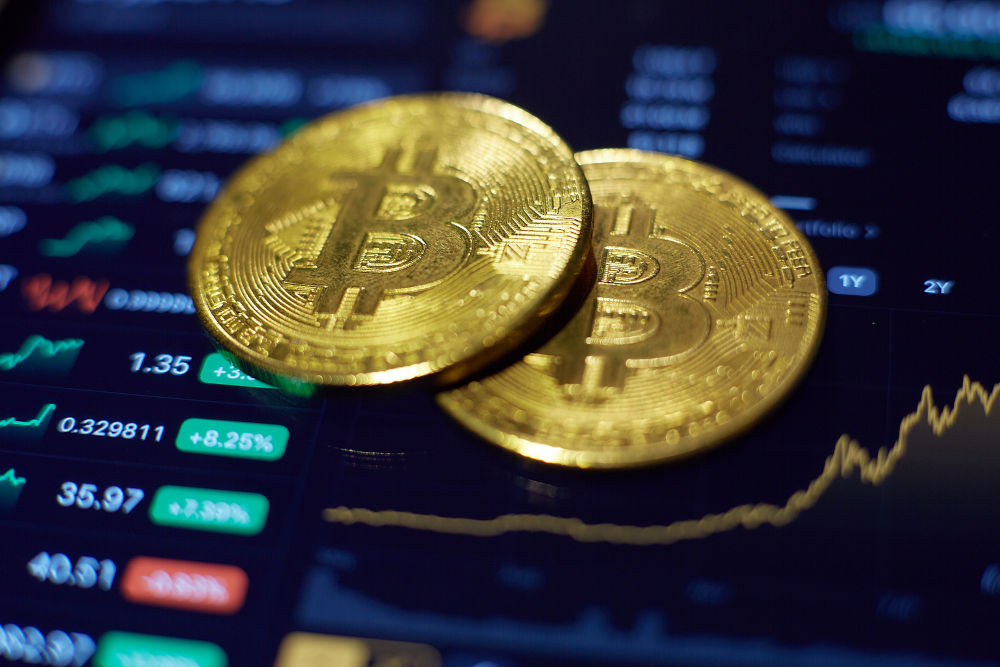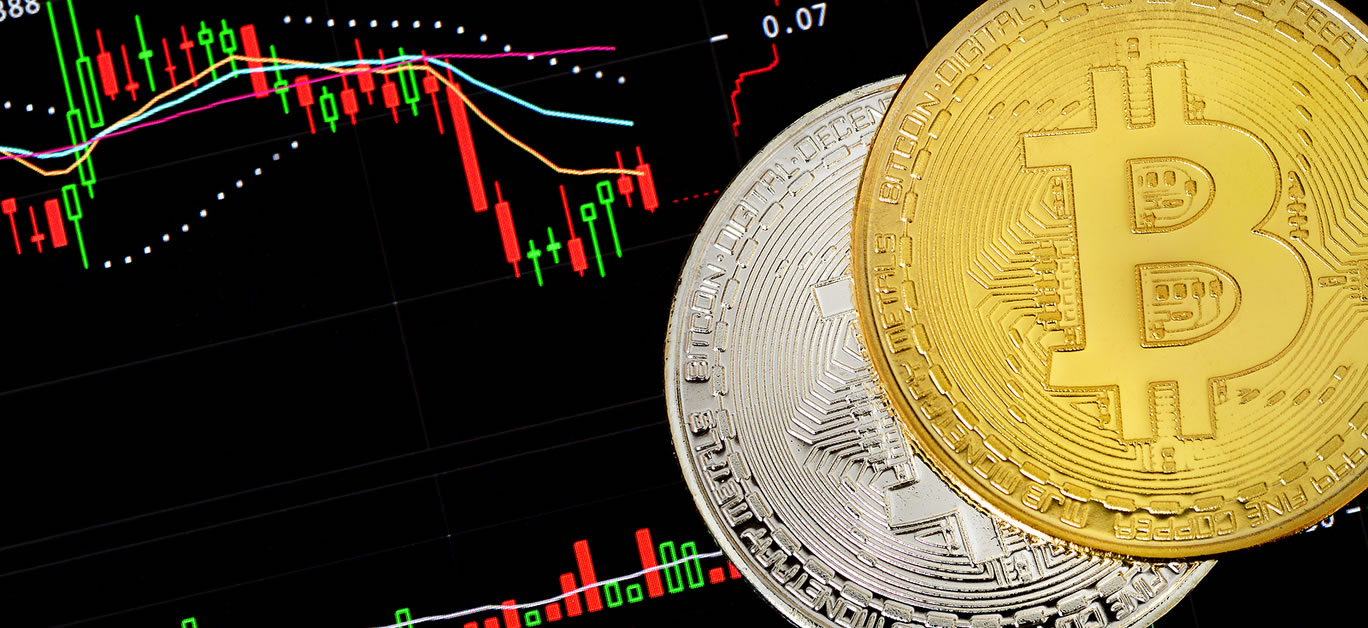Despite having been a rather turbulent year as the global pandemic continues, cryptocurrencies have weathered the storm rather well, with the likes of front-runners Bitcoin and Ether surging to record highs of $68,000 and $4,800 respectively just last month. Although neither managed to continue the upward trajectory into December in the wake of Omicron, falling short of extravagant expert predictions for December, they have shown themselves to be resilient in the face of adversity and are quick to bounce back. Bitcoin is still up nearly 70 per cent since the start of 2021 even now – and thus remains an attractive investment prospect as we head into 2022.
Having driven the entire crypto market to a combined value of $2 trillion, if you’ve yet to invest in one of these exciting digital assets then there’s no time like the present – and with platforms like the Bitqt App making it easier than ever to get started, we can expect to see record numbers of people trading crypto globally in the new year.
But with a plethora of new ‘alt coins’ now flooding the market, some of which hold great promise of their own, which are the best cryptocurrencies to invest in as we head into 2022 – and what are the trends we can expect to shape the market over the next twelve months?
The first spot Bitcoin ETF to launch

It’s been a long time coming, but in 2022, we’re expecting to see the first spot Bitcoin exchange-traded fund finally launch in the United States, with the project having been given the green light earlier this year. Designed to track Bitcoin futures contracts rather than give investors direct exposure to Bitcoin as a commodity, it will give traders a new way to get a slice of the crypto pie, although given the complexity of the process, which obliges an investor to buy or sell an asset at a pre-agreed price on a later specified date, it’s a strategy best suited to experienced players.
DeFi to take centre stage

The crypto industry continues to evolve, and with new alt coins making their way onto the market by the day, Bitcoin’s share is smaller than it once was, having made way for the likes of Ether, Binance Coin and other front-runners as investors look to diversify.
In the new year, we can expect to see this trend continue, with new and experienced investors alike looking out for the ‘next big thing’ and ensuring they have fingers in a number of different crypto pies. Solana and Cardano are all thought to be ‘ones to watch’ for 2022, and should they climb rapidly in value over the next twelve months then those who have invested relatively small amounts up until now could stand to see them grow substantially.
With alternative blockchains like Ether now offering improved functionality when compared with Bitcoin, we may also see retail investors make the switch – and Bitcoin’s market share could continue to fall as a result.
The highest predicted areas of growth for crypto? Decentralised finance and decentralised autonomous organisations, which aim to recreate financial products without middlemen.
Regulations to ramp up

There’s no denying that cryptocurrencies have provided a welcome solution to a variety of different problems globally, and so, too, have the blockchains on which they are based. But not everyone is happy about their arrival on the scene, with China completely banning all crypto-related activities earlier this year and US authorities tightening the rules and regulations around certain aspects of the market and refusing to recognise Bitcoin as a legal tender.
Due to their decentralised nature, Bitcoin and the like enable citizens of a nation to undermine government authority by circumventing the capital controls it has imposed – so it’s easy to see why cryptocurrencies haven’t gone down well. By removing intermediaries, they can also prove disruptive to existing financial infrastructures. As the crypto market continues to grow, governments around the world can no longer ignore its impact on both national and global economies and, as such, we can expect to see greater regulations introduced across the board.
Stablecoins – tokens whose value is tied to the price of existing financial assets and currencies – will also be under the microscope, with much scepticism already circulating around whether the likes of Tether can hold enough assets in reserve to be linked to currencies like the British pound and the US dollar.






















